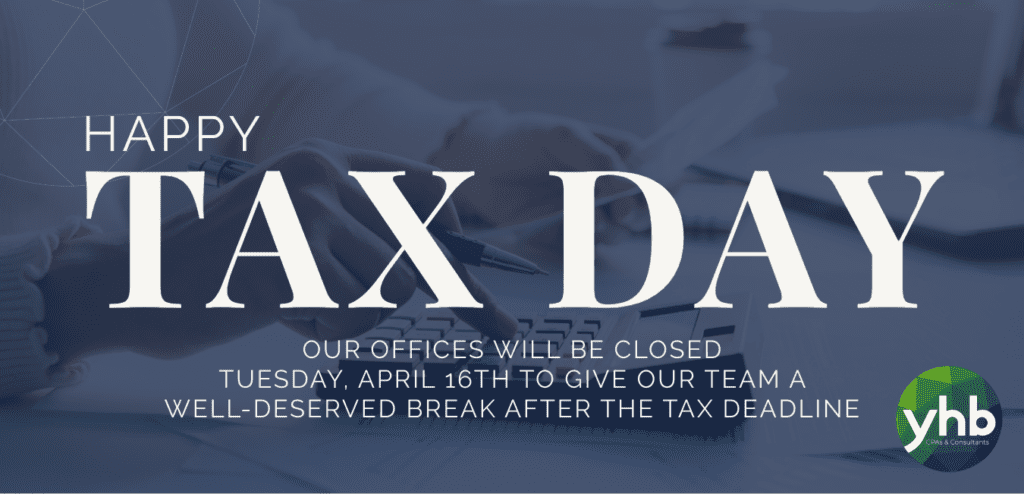One of the rights of passage for many high school and college students is a summer job. Not only does it put a little extra cash in their pockets and teach them work ethic, it provides them with their first opportunity to make some tax decisions. This article will provide a little guidance and some planning opportunities that will not only help the student but also potentially the parent.

The first issue is always about filling out their first federal Form W-4 Employee Withholding Certificate. Most people default to checking the box for Single and entering zero in the total number of allowances box. This will usually result in several hundred dollars being withheld over the typical summer job. If the child wants the money back, they will have to file for a refund.
There is a way to prevent the withholding and the need to file a tax return. If the child will make less than $12,000 in 2019 and did not have a tax liability in 2018, they can write “Exempt” on line 7 of the W-4 provided to their employer. Dependents with more than $350 in investment income from savings and investment accounts and over $1,100 in total income do not qualify. This strategy may also be available in your state. However, lower thresholds may apply to qualify as “Exempt” in your state.
The child will still be subject to Social Security and Medicare tax withholding when they work for an outside employer. But, if a parent’s sole proprietorship, one owner LLC or a husband-wife partnership hires their child who is under age 18, then not only will the child escape Social Security and Medicare tax withholding, the business will not be subject to FICA and unemployment payroll tax on the child’s wages. The employer will still need to file a W-2 and related W-3 for the child’s wages. You will also have to file for an Employer Identification Number if you don’t already have one.
Here is the tax tip that can keep on giving: Consider funding a ROTH IRA for the child.
In order to participate, most retirement plans require the participant to be at least 21 years old. This is not true for IRA’s and ROTH’s. A guardian can set up an account for child under the age of 18. This allows the child, parent or grandparent to fund the account up to $6,000 for 2019, but no more than the child’s 2019 earnings. Income earned inside the ROTH grows tax-free. You have until April 15, 2020 to make contributions for 2019.
There are some big tax advantages of a ROTH. All distributions made from a ROTH after age 59 and ½ are nontaxable. Contributions made to the ROTH can be taken out, tax free, at any time. In addition, up to $10,000 of earnings can be taken out tax-free for the child’s first home when they are ready. Use a matching concept to encourage your child to start saving by offering to match their contributions to the ROTH $2 or more for each dollar they put in.
By following the above strategy your child can use tax-free money to invest in a ROTH that will produce tax-free earning for a lifetime. And, in the case where you can hire your own child, receive a business deduction on you Schedule C or Partnership return. All this, while eliminating the need to file a tax return for the child to claim a refund for a summer job.
About the Author
 James Snyder, CPA, CSPM is a principal at YHB in the Leesburg, VA office. He provides income and estate planning services, business consulting, and estate and trust administration services to successful individuals in many professions, especially engineering, law, technology and real estate. He also provides strategic guidance and planning for clients involved in stock option transactions and wealth transfer.
James Snyder, CPA, CSPM is a principal at YHB in the Leesburg, VA office. He provides income and estate planning services, business consulting, and estate and trust administration services to successful individuals in many professions, especially engineering, law, technology and real estate. He also provides strategic guidance and planning for clients involved in stock option transactions and wealth transfer.



